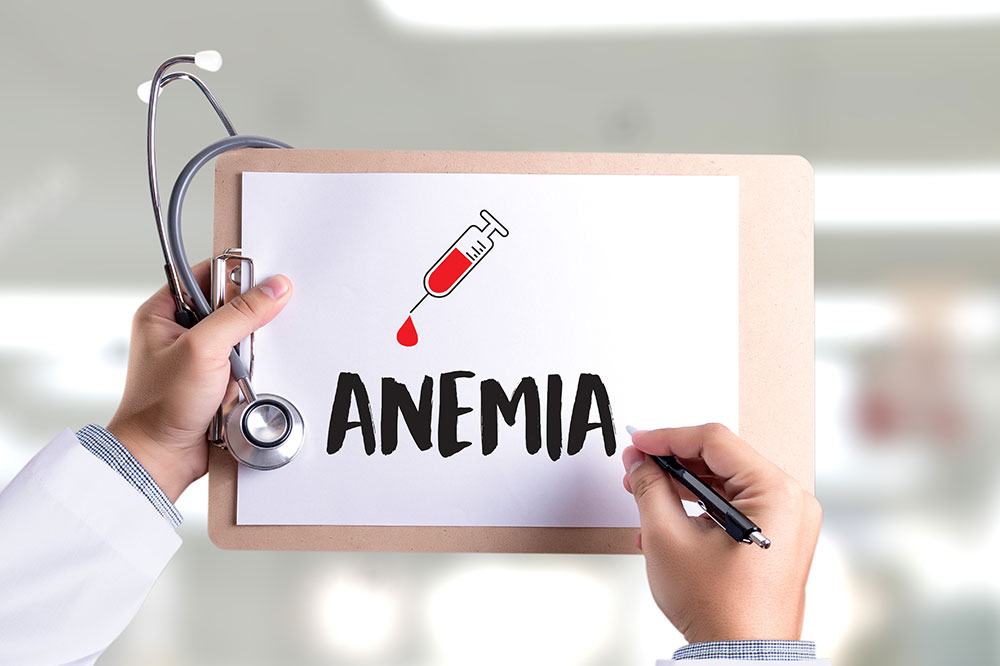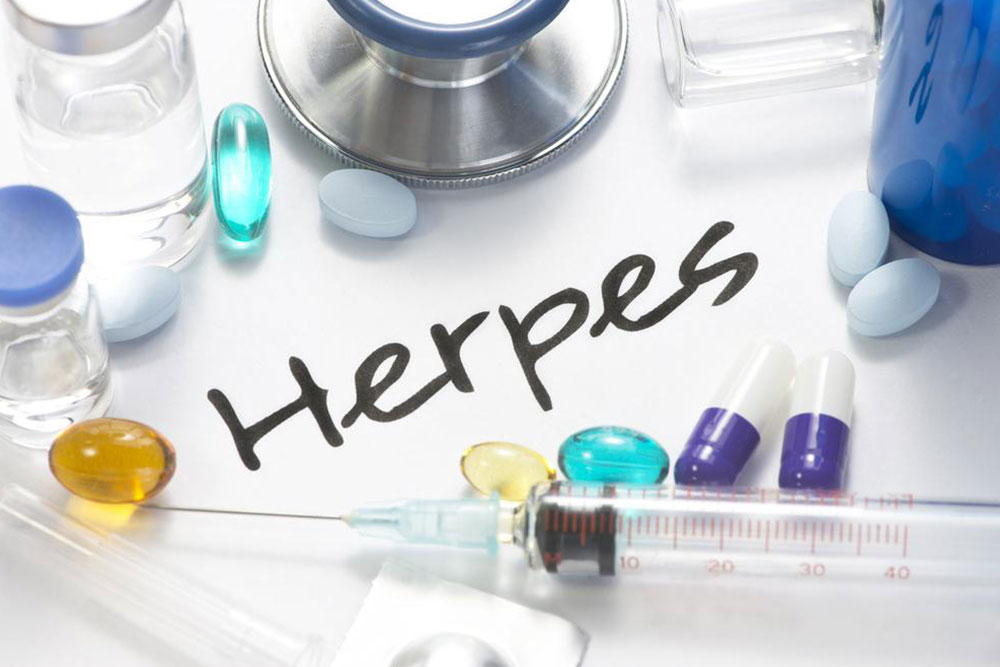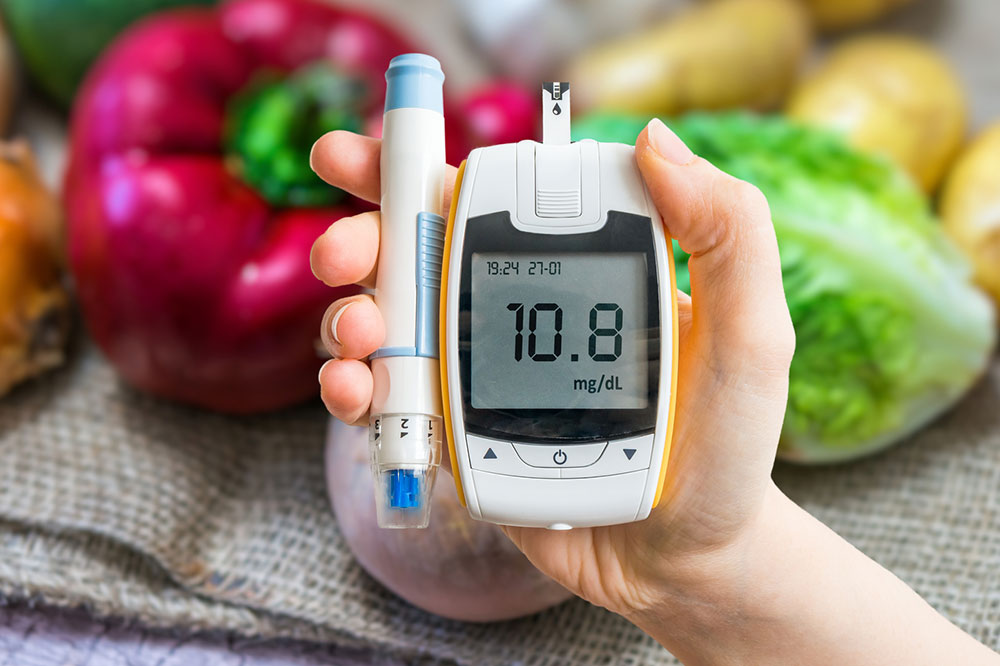Comprehensive Guide to Breast Cancer: Types, Risks, Symptoms & Prevention
This comprehensive guide explores breast cancer, highlighting its types, risk factors, symptoms, and preventive measures. It provides essential insights to raise awareness and promote early detection. Stay informed about the latest statistics and learn how lifestyle choices can reduce your risk of developing this common disease. The article emphasizes the importance of regular screening, proper diet, and healthier habits to combat breast cancer effectively. Ideal for individuals seeking reliable, up-to-date information on breast health.

Understanding Breast Cancer: Types, Statistics, Prevention, and Symptoms
Breast cancer remains a leading cause of cancer-related deaths worldwide. Nearly one in eight women will develop this disease at some point, making it the most prevalent form of cancer caused by abnormal cell growth. Tumors form when cells grow uncontrollably. Among various types, ductal carcinoma is most common. The breast consists of milk-producing lobules and a network of ducts that carry milk to the nipples. When cancer develops within these ducts and surrounding tissues, it is called ductal carcinoma, which can spread to adjacent areas, known as invasive ductal carcinoma.
Risk Factors and Causes of Breast Cancer
While many risk factors are beyond control, some can be modified. For instance, alcohol consumption can increase risk and can be managed. Others include age, family or personal history, benign conditions like atypical hyperplasia, irregular menstrual cycles, and menopause. Factors such as prolonged oral contraceptive use, obesity, radiation exposure, and genetic predispositions also elevate the risk of breast cancer.
Common Symptoms to Watch For
Hard lump in breast or underarm
Changes in breast size or shape
Altered skin appearance on the breast
Pain in the breast area
Inverted nipples
Discharge from nipples, whether clear or bloody
Swollen lymph nodes in the underarm or collarbone
Types of Breast Cancer
Different types affect various parts of the breast, including lobules, ducts, and surrounding tissues.
Ductal Carcinoma in Situ (DCIS): Non-invasive cancer confined within the ducts, not spreading beyond
Invasive Ductal Carcinoma (IDC): The most common invasive type, spreading to nearby tissues and organs
Invasive Lobular Carcinoma (ILC): Primarily impacts milk-producing lobules
Lobular Carcinoma in Situ (LCIS): Abnormal cell buildup that may develop into invasive cancer later
Inflammatory Breast Cancer (IBC): Rare yet aggressive, with inflammatory symptoms
Other subtypes include hormone receptor-positive, HER2-positive, triple-negative, and triple-positive breast cancers.
Prevention Strategies
Discuss screening options with your healthcare provider
Educate yourself about breast health
Follow a balanced, plant-based diet
Maintain a regular exercise routine to stay at a healthy weight
Avoid alcohol consumption
Current Breast Cancer Statistics
This year, approximately 266,120 new cases of invasive breast cancer are expected among women. Men are also affected, with an estimated 2,550 new cases annually. Age and gender are significant risk factors influencing these statistics.










